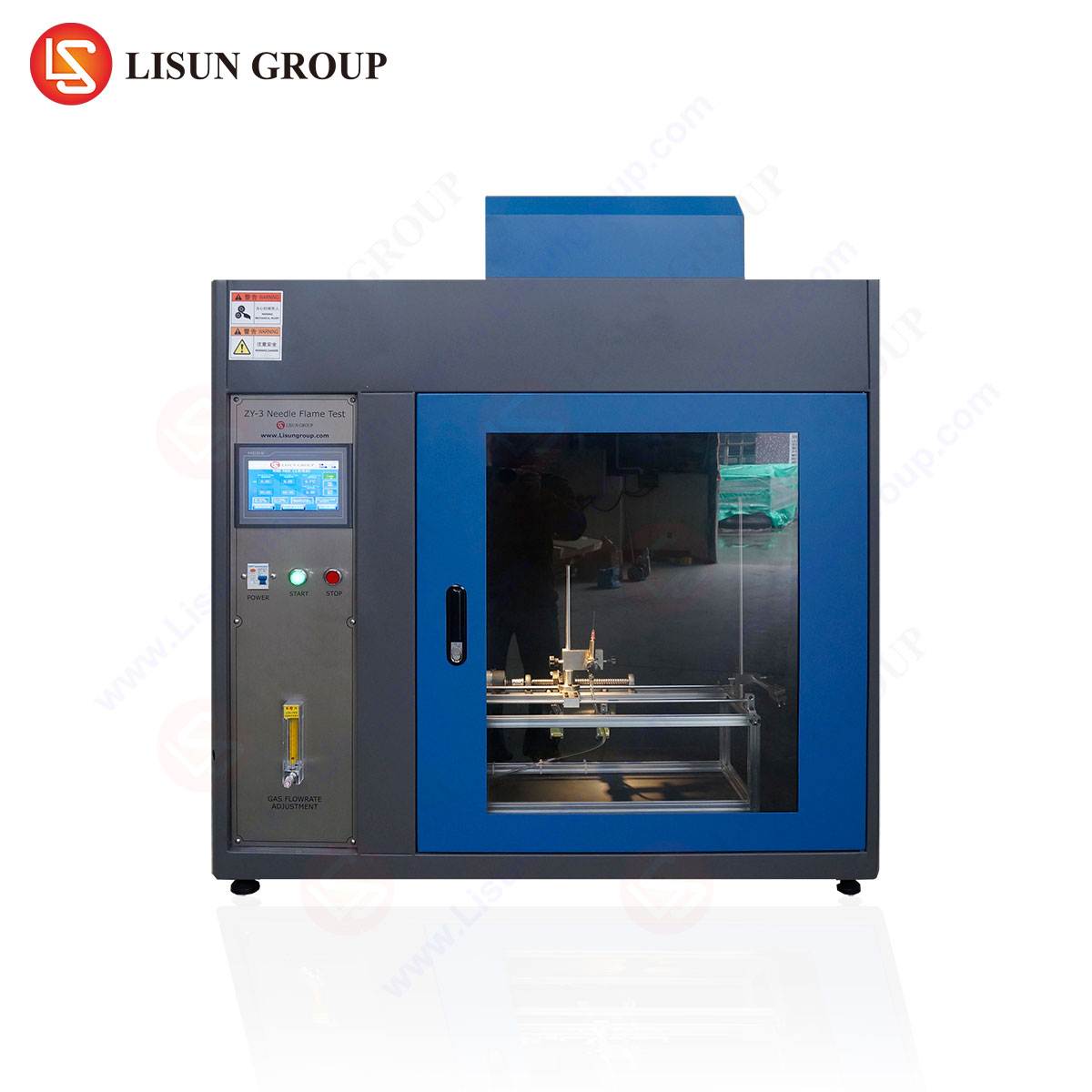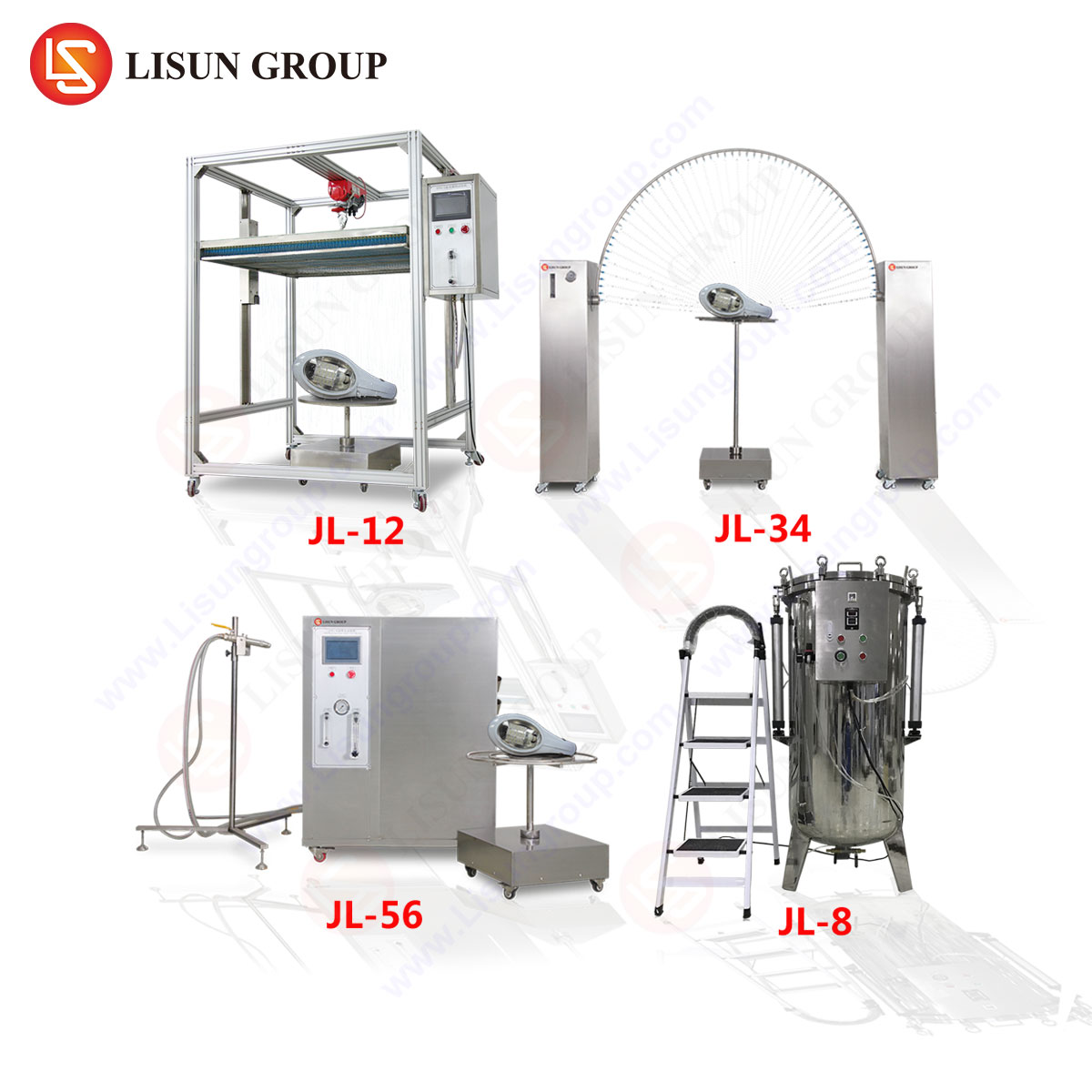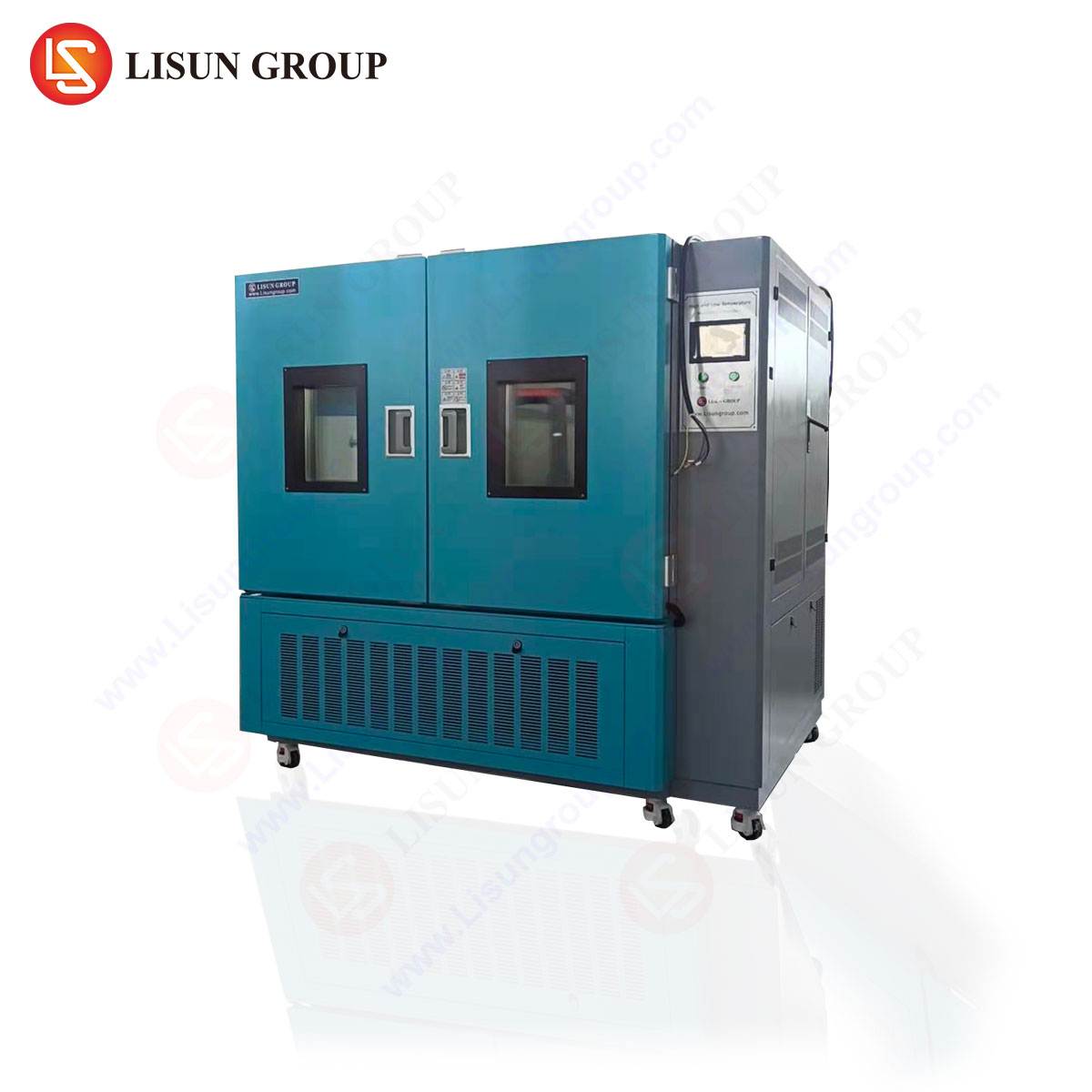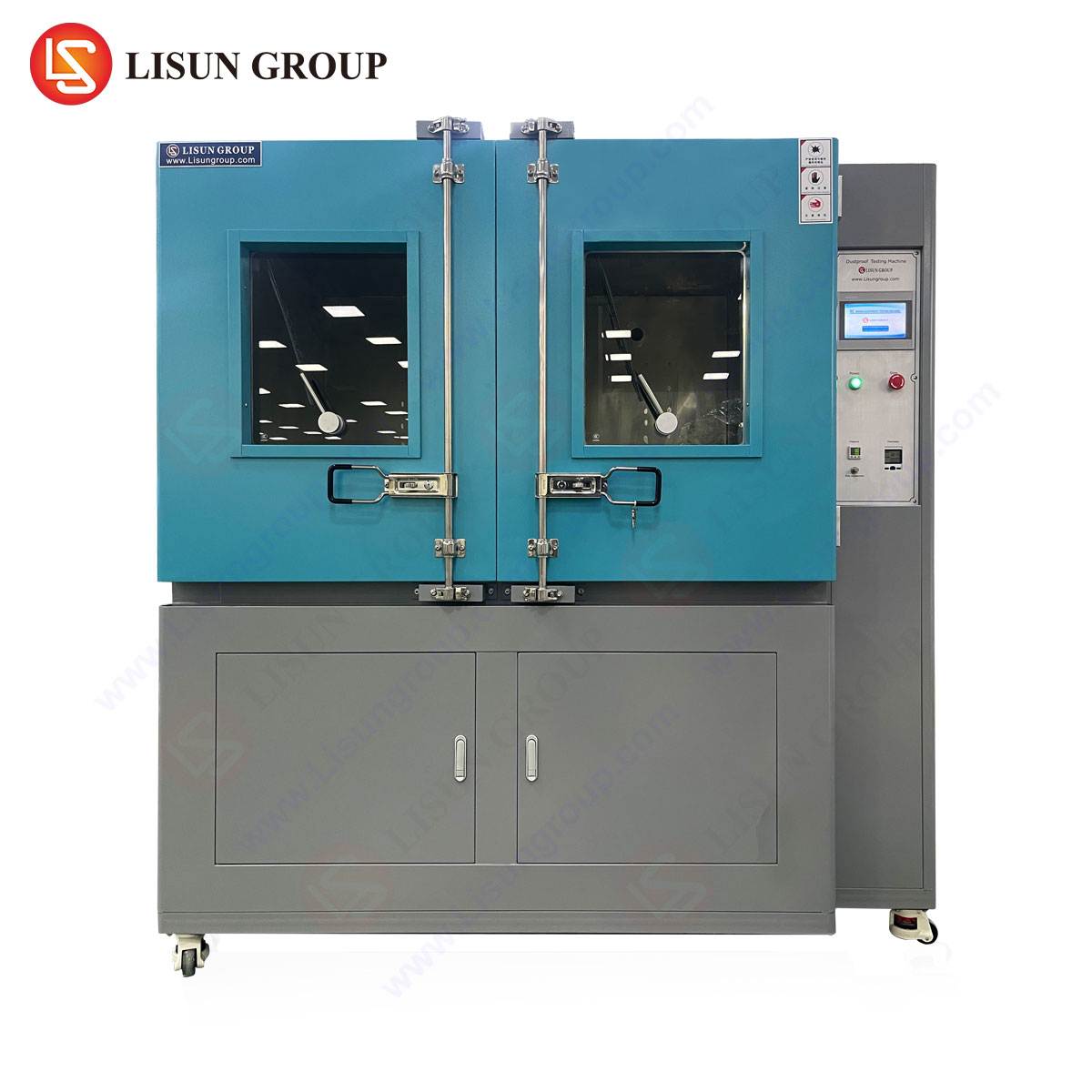Understanding the IP5X Dust Ingress Protection Rating
The IP5X dust test is a critical evaluation method defined by the International Electrotechnical Commission (IEC) standard 60529, which classifies the degree of protection provided by enclosures against the intrusion of solid particles. The “5” in IP5X denotes partial dust protection, meaning the enclosure prevents harmful quantities of dust from entering but does not guarantee complete exclusion. This rating is essential for industries where dust accumulation can impair functionality, cause electrical faults, or reduce product lifespan.
Unlike the IP6X rating (complete dust-tightness), IP5X is often sufficient for applications where limited dust ingress is tolerable, provided it does not interfere with operational integrity. The test involves exposing the enclosure to talcum powder or equivalent fine dust under controlled conditions, followed by an inspection for internal particle accumulation.
Testing Methodology and Equipment for IP5X Compliance
The IP5X dust test requires specialized equipment capable of simulating high-dust environments with precision. The LISUN SC-015 Dust Sand Test Chamber is a widely recognized instrument designed to meet IEC 60529 and other relevant standards (e.g., GB/T 4208, ISO 20653).
Key Testing Parameters:
- Dust Composition: Talcum powder with particle sizes ≤ 75 µm.
- Dust Concentration: 2 kg/m³ ± 10%.
- Test Duration: 8 hours (unless specified otherwise by product standards).
- Airflow Velocity: ≤ 2 m/s to simulate natural dust settlement.
- Pressure Differential: Maintained at 20 mbar below atmospheric pressure to encourage dust ingress.
The LISUN SC-015 employs a closed-loop recirculation system to ensure uniform dust distribution while monitoring environmental conditions. Post-test analysis involves disassembling the enclosure and inspecting internal components for dust penetration.
Industry Applications of IP5X Testing
Electrical and Electronic Equipment
Circuit boards, power supplies, and control panels must resist dust to prevent short circuits or overheating. The IP5X rating ensures reliability in industrial environments with moderate particulate exposure.
Automotive Electronics
Components such as sensors, infotainment systems, and engine control units (ECUs) require protection against road dust and industrial pollutants. IP5X compliance is often mandated in automotive standards like ISO 20653.
Lighting Fixtures
Outdoor and industrial luminaires must withstand dust accumulation to maintain luminous efficacy. IP5X-rated fixtures are common in warehouses, street lighting, and construction sites.
Medical Devices
Diagnostic equipment and portable medical devices benefit from IP5X protection to prevent contamination in clinical or field environments.
Telecommunications Equipment
Network switches, routers, and base stations in dusty regions (e.g., deserts, construction zones) rely on IP5X enclosures to ensure uninterrupted operation.
LISUN SC-015 Dust Sand Test Chamber: Technical Specifications and Advantages
The LISUN SC-015 is engineered to deliver precise and repeatable IP5X testing, featuring:
- Chamber Dimensions: Customizable volumes (standard: 800 × 800 × 800 mm).
- Material: Stainless steel construction for corrosion resistance.
- Control System: Programmable logic controller (PLC) with touchscreen interface for automated test cycles.
- Dust Dispersion: Electromagnetic vibration system ensures uniform particle distribution.
- Compliance: Meets IEC 60529, GB/T 4208, and ISO 20653 standards.
Competitive Advantages:
- Enhanced Accuracy: Real-time monitoring of dust concentration and airflow.
- Durability: Reinforced seals and abrasion-resistant components extend equipment lifespan.
- Scalability: Modular design accommodates varying test specimen sizes.
- Regulatory Alignment: Pre-configured test protocols simplify compliance reporting.
Comparative Analysis: IP5X vs. IP6X Testing
While IP6X guarantees total dust exclusion, IP5X is often more cost-effective for applications where minor ingress is non-critical. The table below summarizes key distinctions:
| Parameter | IP5X | IP6X |
|---|---|---|
| Dust Protection | Partial (limited ingress allowed) | Complete (dust-tight) |
| Test Duration | 8 hours | 8 hours |
| Applications | Indoor/controlled environments | Harsh outdoor/industrial settings |
| Cost Implication | Lower | Higher |
Case Study: IP5X Testing in Industrial Control Systems
A manufacturer of programmable logic controllers (PLCs) subjected enclosures to the LISUN SC-015 test chamber to validate IP5X compliance. Post-test analysis revealed minimal dust ingress (< 0.1% internal volume), confirming suitability for factory automation environments. The findings supported product certification without necessitating costly IP6X upgrades.
FAQ Section
1. What industries commonly require IP5X testing?
IP5X is prevalent in automotive electronics, lighting, industrial controls, and telecommunications, where moderate dust resistance is sufficient.
2. How does the LISUN SC-015 ensure test consistency?
The chamber’s PLC-controlled airflow and dust dispersion mechanisms maintain uniform conditions, reducing variability between test runs.
3. Can IP5X-rated enclosures withstand outdoor conditions?
While IP5X provides partial protection, prolonged exposure to extreme dust environments may necessitate IP6X-rated solutions.
4. What maintenance is required for the LISUN SC-015?
Regular cleaning of the dust reservoir and calibration of sensors ensure long-term accuracy.
5. Is IP5X compliance mandatory for medical devices?
Certain portable or field-deployed medical devices may require IP5X or higher to meet hygiene and reliability standards.







